Train stations are more than just transit hubs—they’re vibrant, ever-changing canvases for artists seeking dynamic scenes and architectural intrigue. Whether you’re an urban sketcher, a travel illustrator, or simply someone who loves drawing on location, sketching at the train station offers a wealth of inspiration. From the rhythmic flow of commuters to the intricate steel and glass structures, every visit presents new opportunities to sharpen your skills and capture fleeting moments.

credit: SKETCHER312
Why Train Stations Are Ideal for Urban Sketching
Train stations combine motion, emotion, and structure in a way few other public spaces do. The constant movement of people, the interplay of light and shadow, and the variety of architectural styles make them perfect for observational drawing.
- Dynamic subjects: Travelers, staff, and passersby offer endless gesture and posture studies.
- Architectural variety: From historic terminals to sleek modern platforms, stations showcase diverse design elements. Grand Central Terminal, New York City
- Atmospheric lighting: Natural and artificial light sources create dramatic contrasts and reflections. Tokyo Station, Japan
- Accessible locations: Most cities have at least one train station, making it a convenient sketching destination.
Sketchbooks.org | VISUAL RESEARCH HUB
Train Station Drawing
Visual research is critical for any creative endeavor. We have compiled specialized links to lead you directly to images, videos, and inspiration for "Train Station Drawing" across the web's best visual search platforms.
Preparing for a Sketching Session at the Station
Before heading out, a little preparation can make your experience smoother and more productive.
Choose Your Tools Wisely
- Portable sketchbook: A mid-sized sketchbook with sturdy paper is ideal.
- Pencils and pens: Waterproof ink pens and soft pencils allow for quick gesture drawing.
- Watercolors or markers: If you enjoy adding color, bring a compact set.
- Travel stool or standing support: Comfort matters when sketching for extended periods.
Timing Matters
Early mornings and late afternoons often provide the best lighting and busiest scenes. Weekends may be quieter, while weekdays offer more commuter activity.
Scout Your Spot
Find a location with a clear view but minimal foot traffic. Corners, benches, and elevated platforms often work well. Be mindful of security and respectful of others’ privacy.
Capturing Movement in Your Sketches
Movement is one of the most challenging yet rewarding aspects of train station sketching. Here’s how to approach it:
Gesture Drawing Techniques
Start with quick, loose lines to capture posture and motion. Focus on the essence of the pose rather than details. Use overlapping lines to suggest depth and direction.
Sequential Sketching
Sketch the same subject in multiple poses as they move through the space. This builds narrative and helps train your eye to anticipate motion.
Layering Action
Combine several figures into one composition to convey the station’s energy. Use varied line weights to separate foreground from background.
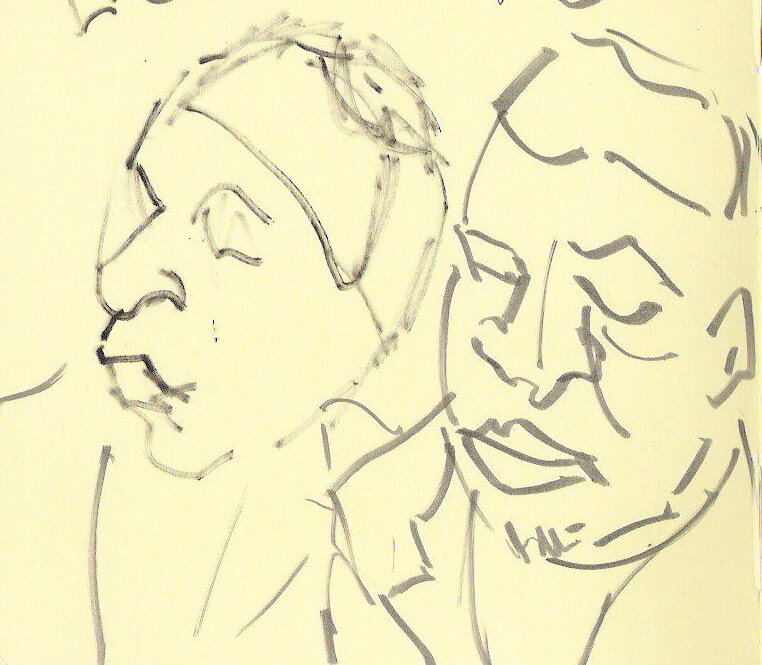
credit: SANTIAGORIOS
Drawing Architectural Elements
Train stations often feature striking architectural details—from vaulted ceilings to industrial beams. Incorporating these elements adds depth and context to your sketches.
Perspective and Structure
Use vanishing points and horizon lines to anchor your drawing. Train platforms often offer strong linear perspective, which can guide your composition. Gare du Nord, Paris
Texture and Detail
Capture textures like brick, glass, steel, and tile with varied shading techniques. Don’t aim for photorealism—suggesting texture is often more effective. King’s Cross Station, London
Light and Shadow
Observe how light interacts with surfaces. Use contrast to highlight structural features and create mood.
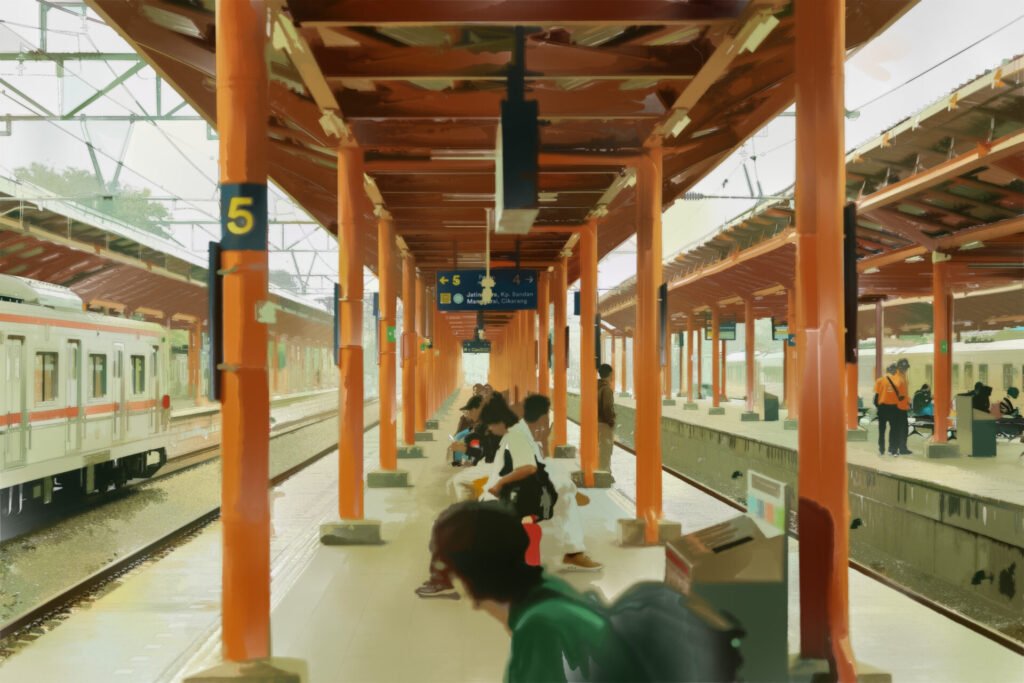
Staying Discreet and Respectful
Sketching in public requires sensitivity. Avoid drawing individuals in vulnerable moments, and be ready to explain your work if approached. A friendly smile and a brief explanation usually go a long way.
Tips for Sketching in Busy Environments
- Work fast: Movement means subjects won’t stay still—embrace imperfection.
- Use thumbnails: Small, quick sketches help you explore composition before committing.
- Limit your palette: Fewer colors mean faster decisions and cleaner results.
- Practice mindfulness: Let the environment guide your focus and enjoy the process.
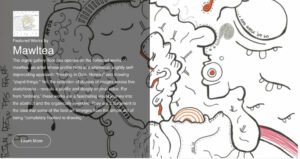
Sketchbooks.org | FEATURED ARTISTS
Mawltea and the Anatomy of the Absurd
An Introduction to the Inventive Mind of mawltea The digital gallery floor has opened on the collected works of mawltea, an artist whose profile hints at a whimsical, slightly self-deprecating approach: "freezing in Oslo, Norway"...
Frequently Asked Questions
What makes train stations good for sketching?
Their mix of movement, architecture, and atmosphere offers rich visual material for artists.
Do I need permission to sketch at a station?
Generally no, but avoid blocking pathways or drawing sensitive areas like security zones.
What’s the best time to sketch at a train station?
Early mornings and late afternoons provide dramatic lighting and active scenes.
How do I sketch moving people?
Use gesture drawing—quick, expressive lines that capture posture and motion.
Can I use watercolors at the station?
Yes, but keep your setup compact and be mindful of space and mess.
What if someone asks what I’m doing?
Be polite and explain you’re sketching for practice or a personal project.
How do I handle noise and distractions?
Focus on short sessions and use headphones if needed to stay centered.
Should I include architecture in every sketch?
Not necessarily, but it adds context and depth to your compositions.
What if I feel self-conscious sketching in public?
Start with quiet corners and build confidence over time—most people are curious, not critical.
Is it okay to sketch people without asking?
In public spaces, it’s generally acceptable, but avoid drawing children or vulnerable individuals.
Final Thoughts
Sketching at the train station is a rewarding practice that hones your ability to capture life in motion and structure in space. It challenges your observation skills, deepens your understanding of perspective, and connects you with the rhythm of urban life. Whether you’re a seasoned artist or just starting out, the station offers endless opportunities to grow, reflect, and create. So grab your sketchbook, find a quiet corner, and let the journey begin—one line at a time.
Ready to Share Your Work?
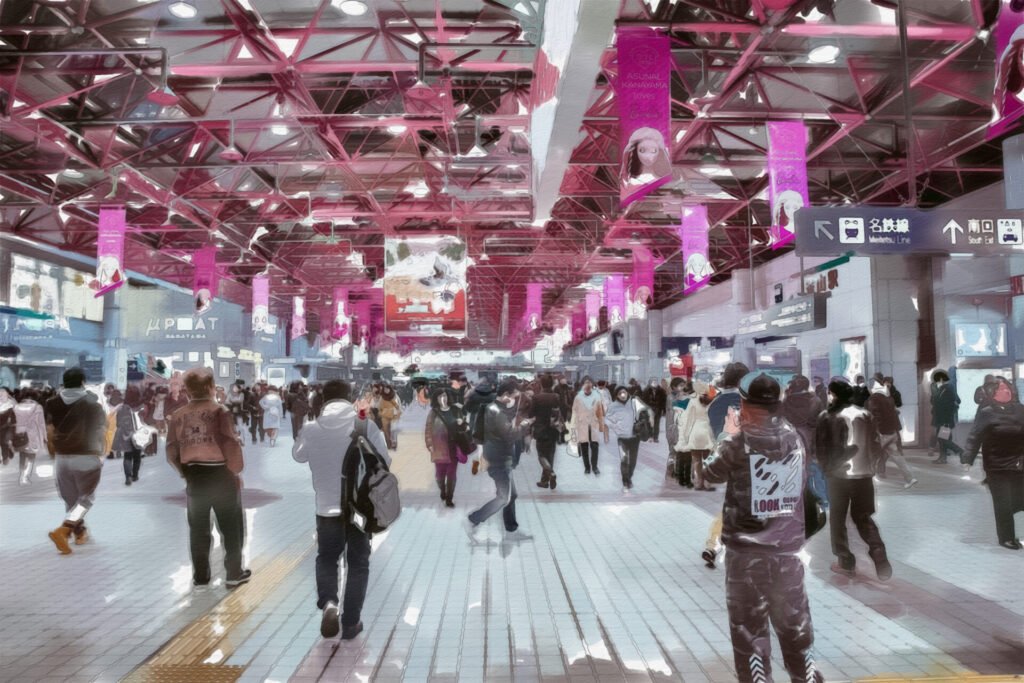

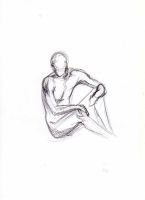
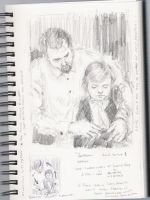


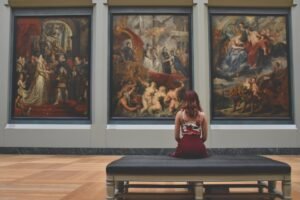
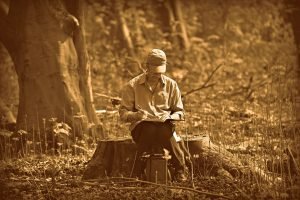
I love trains anyway. It’s a good match drawing and riding.